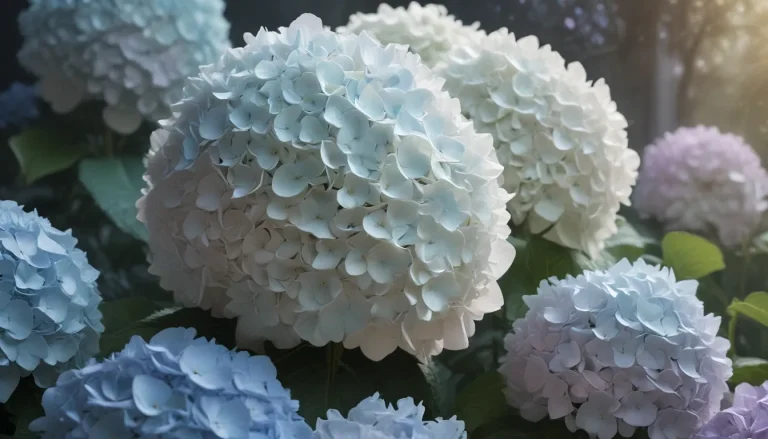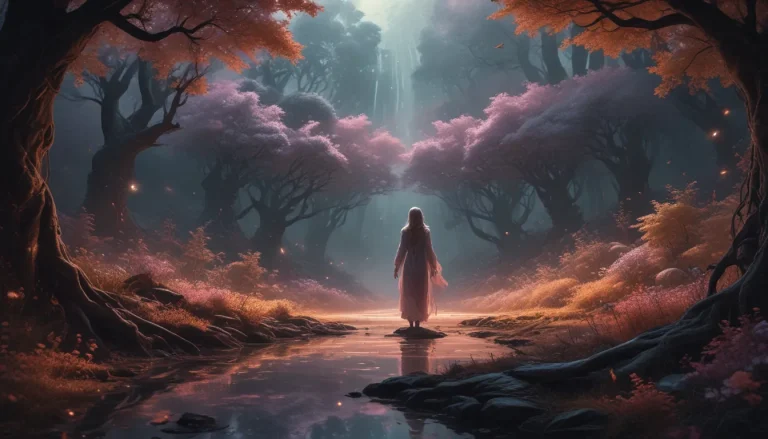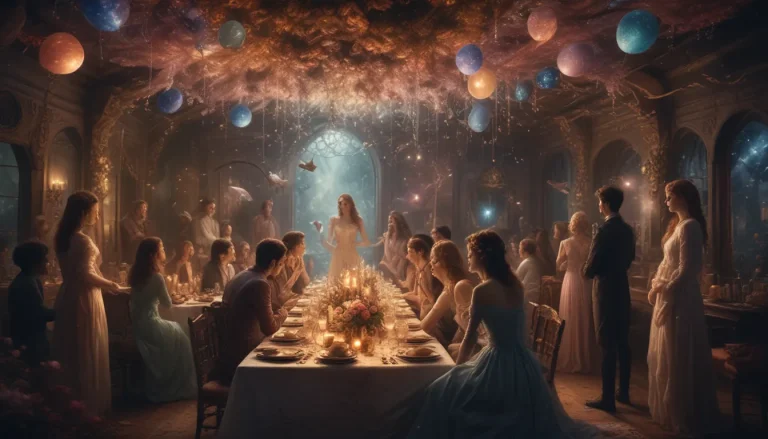Have you ever woken up from a dream feeling like there was a deeper message behind the images and symbols you saw while you were sleeping? You’re not alone. Dreams have long been a source of fascination and mystery, with people around the world turning to dream interpretation to unlock the secrets of their subconscious minds.
In this guide, we’ll explore the concept of dream aesthetic meaning, delving into what your dreams might be trying to tell you through their aesthetic choices. From colors and shapes to settings and characters, every aspect of your dream can offer valuable insights into your inner thoughts and emotions.
What is Dream Aesthetic Meaning?
Dream aesthetic meaning refers to the symbolic significance of the visual elements that appear in your dreams. Just as art and design can convey deep emotions and ideas, the images and scenes that play out in your dreams can communicate important messages about your psyche and your life.
By paying attention to the aesthetics of your dreams, you can gain a better understanding of your hopes, fears, and desires, as well as uncovering hidden truths about yourself that you may not be aware of in your waking life.
How to Find the Aesthetic Meaning in Your Dreams
So, how can you start deciphering the aesthetic meaning of your dreams? Here are a few tips to help you get started:
-
Keep a dream journal: Make a habit of recording your dreams as soon as you wake up. Note down any vivid images, colors, or emotions you experienced during the dream.
-
Reflect on the symbolism: Take some time to analyze the aesthetic elements of your dream. What do they remind you of? How do they make you feel?
-
Look for patterns: Pay attention to recurring themes or images in your dreams. These patterns can offer valuable insights into your subconscious mind.
Understanding Dream Aesthetic Symbols
Now, let’s explore some common dream aesthetics and their possible meanings:
-
Colors: Different colors can evoke specific emotions and associations. For example, red might symbolize passion or anger, while blue could represent calmness or sadness.
-
Settings: The setting of your dream can provide clues about your inner state. A dream set in a chaotic city might suggest feelings of overwhelm, while a peaceful nature scene could indicate a desire for tranquility.
-
Characters: Pay attention to the people or creatures that appear in your dreams. They may represent different aspects of your personality or unresolved issues in your life.
Decoding Your Dreams: A Case Study
To illustrate how dream aesthetic meaning works in practice, let’s consider a dream scenario:
Dream: You find yourself in a dark forest, surrounded by towering trees and strange, glowing mushrooms.
Possible meanings:
– The dark forest could symbolize feelings of confusion or uncertainty in your life.
– The towering trees may represent growth and potential for change.
– The glowing mushrooms could signify hidden insights or new opportunities on the horizon.
By analyzing these aesthetic elements, you can start to unravel the deeper message your dream is trying to communicate.
In conclusion, exploring the aesthetic meaning of your dreams can be a powerful tool for self-discovery and personal growth. By paying attention to the visual symbols that appear in your dreams, you can gain valuable insights into your subconscious mind and uncover hidden truths about yourself. So, next time you find yourself lost in a dream, take a moment to appreciate the aesthetics at play—you never know what secrets they might reveal.
Dream on, dreamers!







